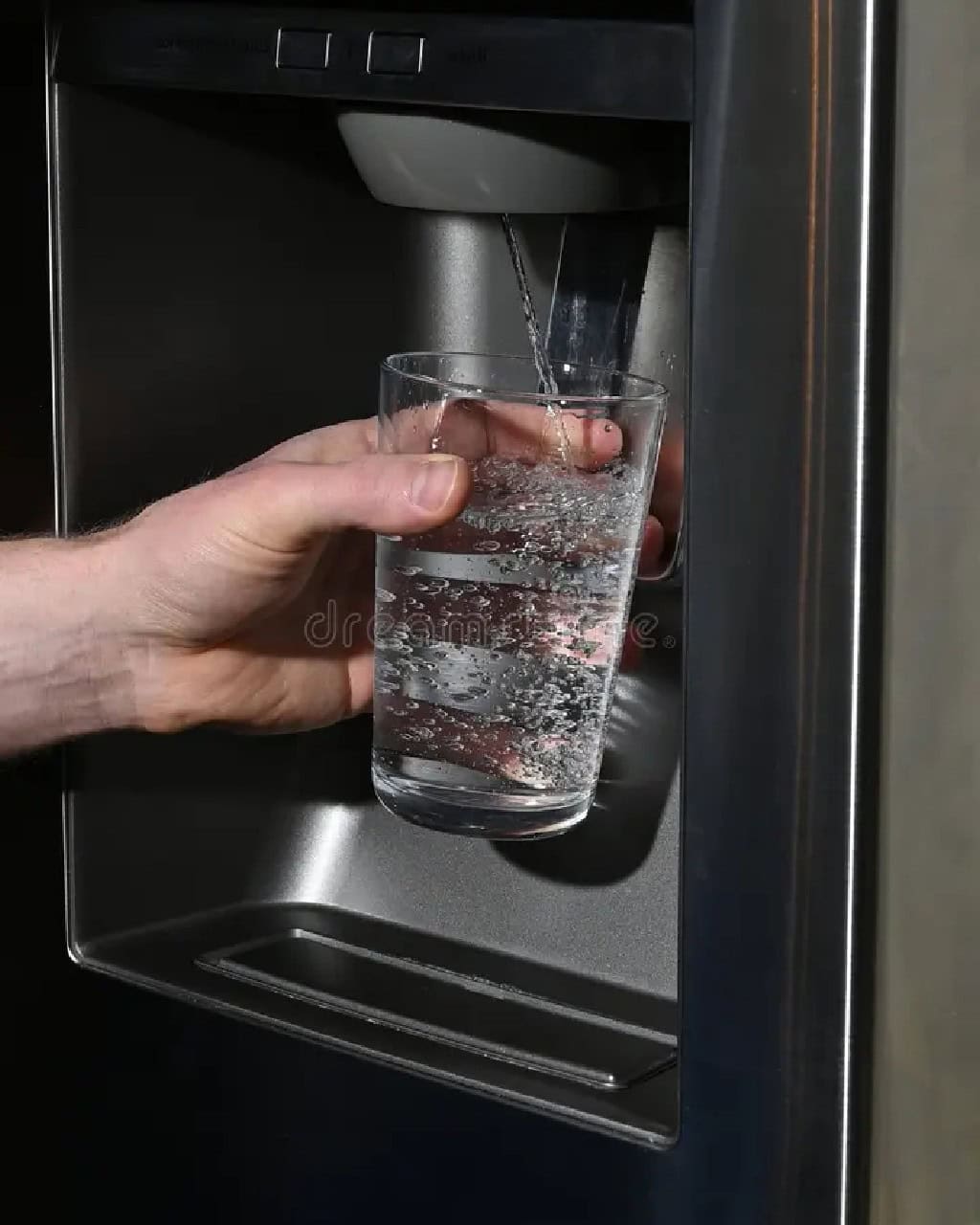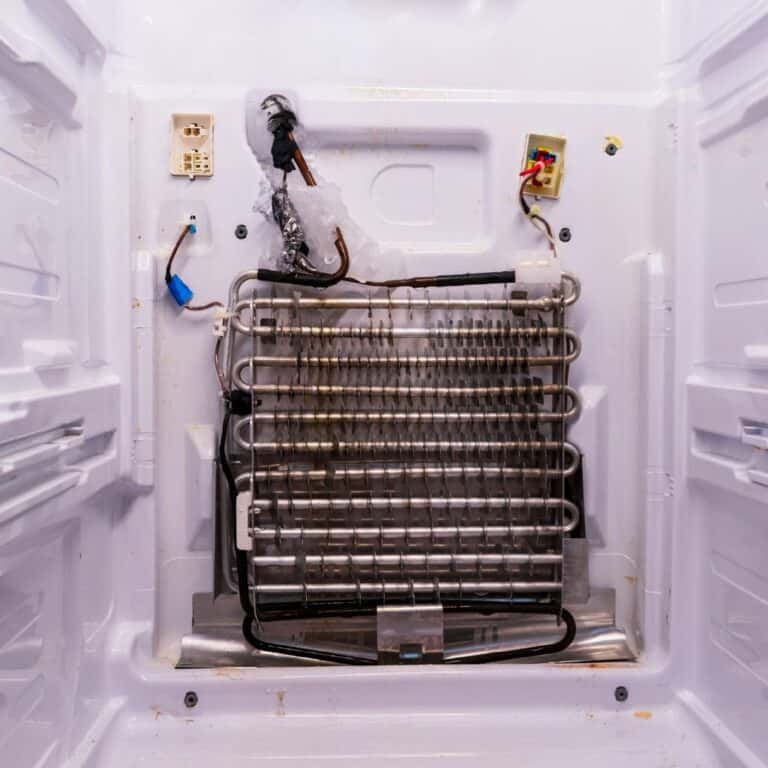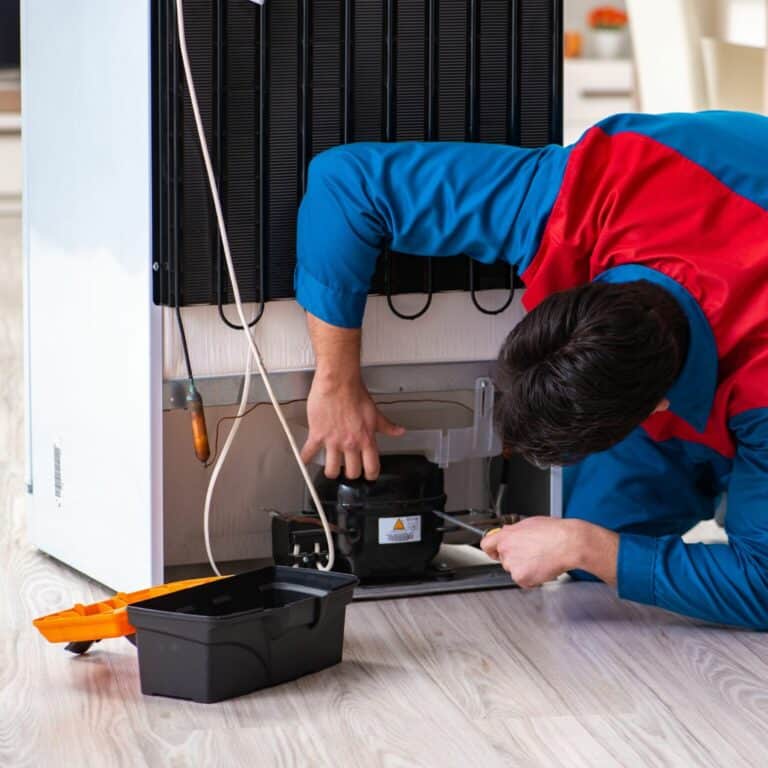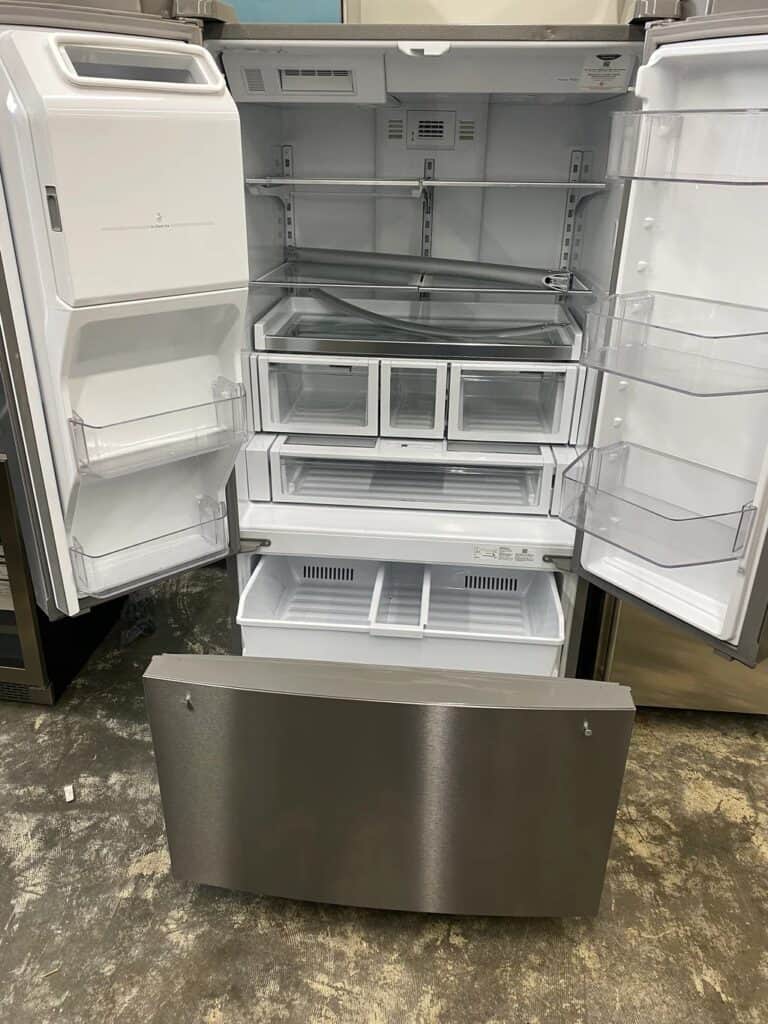Why Is My Fridge Water Dispenser Overflowing? Common Causes and Solutions
Picture this: you’re reaching for a glass of water, expecting a crisp and clean stream, but instead, your fridge water dispenser gushes like a fountain, spilling everywhere. It’s messy, frustrating, and leaves you grabbing towels faster than a chef in a grease fire. If this sounds familiar, don’t worry. I’ve been there, and I’m here to help you troubleshoot the chaos.
Many people encounter the same problem and are left scratching their heads, trying to figure out what’s causing it. In this blog post, we’ll explore some possible reasons why your fridge water dispenser may not be stopping, and offer some practical solutions to resolve the issue.
Why Is My Fridge Water Dispenser Not Stopping?
A fridge water dispenser that does not stop dispensing water could be attributed to a faulty water inlet valve. When this valve becomes worn out or damaged, it may fail to regulate the flow of water properly, causing it to continue dispensing even when the user releases the dispenser lever. Checking and potentially replacing the water inlet valve might resolve the issue.
Another possible cause could be a defective dispenser control board. If the control board is malfunctioning, it may not receive or interpret the signal to stop dispensing water, leading to the continuous flow. Diagnosing and replacing the faulty control board could rectify the problem.
In some cases, the water dispenser lever or switch itself may be sticking due to mineral deposits or dirt buildup. Cleaning or lubricating the lever mechanism might help free it, allowing it to return to its normal functioning and stopping the water flow when released.
However, be cautious and refer to your fridge’s manual or consult a professional for guidance on accessing and cleaning the dispenser mechanism to avoid any damage.
| You May Also Like: Why Is My Fridge Not Dispensing Water |
Causes for a Refrigerator Water Dispenser Not Stopping
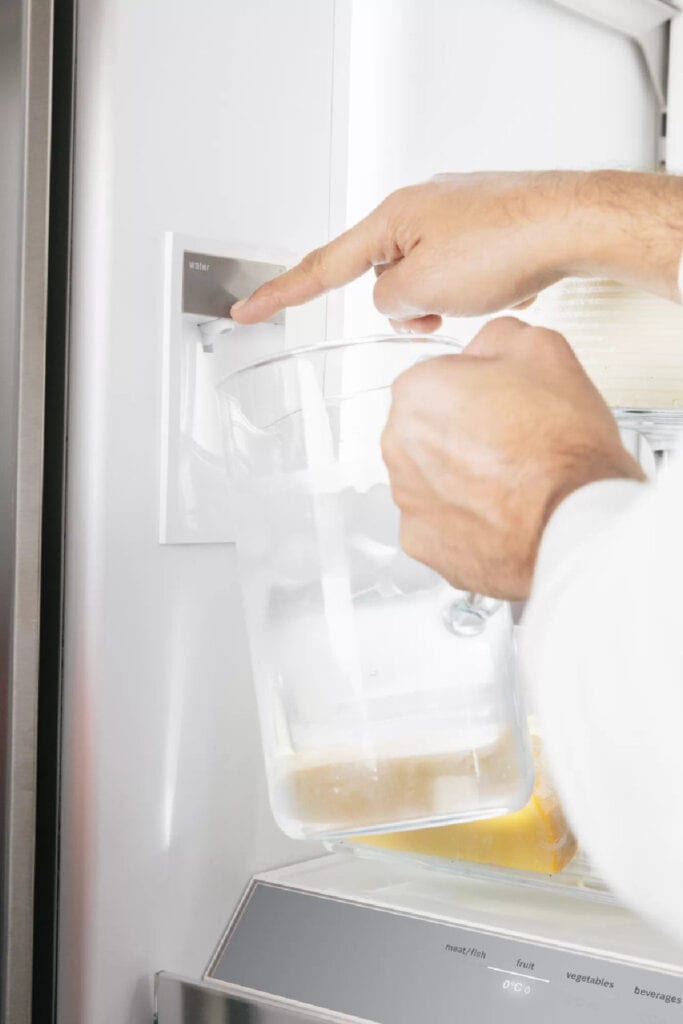
The most common cause for a refrigerator water dispenser not stopping is a malfunctioning water inlet valve. This valve is responsible for controlling the flow of water to the dispenser, and if it becomes stuck in the open position, water will continuously flow even when the dispenser is not in use. This issue can often be resolved by replacing the faulty valve.
Another possible cause for a refrigerator water dispenser not stopping is a defective water dispenser switch. This switch, located behind the dispenser lever, sends a signal to the water inlet valve to open and close. If the switch is faulty or gets stuck, it may not properly signal the valve to shut off the water flow. In such cases, replacing the switch should resolve the issue and restore normal functionality to the dispenser.
It is important to note that troubleshooting and repairing a refrigerator water dispenser can be complex and requires basic plumbing knowledge. If you are not confident in your abilities, it is recommended to seek professional assistance to avoid causing further damage to your refrigerator.
The Overflow Dilemma: What’s Going On?
First things first, let’s understand the problem. A water dispenser overflow typically points to an issue with water flow regulation. Maybe it’s an internal glitch or something as simple as a clogged filter. Here are the most common culprits:
- Clogged or Old Water Filter
- Air Trapped in the Water Line
- Faulty Dispenser Switch
- Pressure Problems
- Drainage Issues
Each of these has its quirks, so let’s dig deeper into solutions.
1. Is Your Water Filter Playing Games?
When was the last time you swapped out your fridge’s water filter? If you’re squinting and can’t remember, this might be the root cause. A clogged or expired filter can disrupt water flow, leading to overflows.
Fix It
- Check your fridge’s user manual to locate the filter.
- Replace it if it’s older than six months.
- Ensure it’s seated properly after installation to avoid leaks.
| Signs Your Filter Needs Replacing |
| Water tastes off or smells weird. |
| Reduced water pressure. |
| Dispenser constantly drips or overflows. |
2. Air Trapped in the Water Line
Sometimes, it’s not the machine but the invisible pockets of air stuck in the water line causing the mayhem. Trapped air leads to uneven water flow, making your dispenser unpredictable.
Fix It
- Place a glass under the dispenser and hold the lever for 2-3 minutes to flush the line.
- Repeat this process if needed to ensure all air bubbles are out.
This simple fix can transform a sputtering mess into a smooth, controlled stream.
3. The Dispenser Switch Might Be on Strike
The dispenser switch works like the pedal of a car—press it, and water flows. But if it gets stuck or worn out, it might not know when to stop, leading to an overflow.
Fix It
- Inspect the switch for visible damage or stickiness.
- Clean it gently with a damp cloth to remove dirt or residue.
- If cleaning doesn’t work, you may need to replace the switch.
4. Pressure Problems: Too Much of a Good Thing
Water pressure might sound like a non-issue, but too much pressure can overwhelm your dispenser, forcing it to overflow. Conversely, low pressure can lead to inconsistent flow.
Fix It
- Test your home’s water pressure. Optimal pressure is around 40–60 psi for most fridges.
- If it’s too high, install a pressure regulator.
- If it’s too low, check for clogs in the supply line or consult a plumber.
5. Drainage Woes: Nowhere for the Water to Go
Ever heard the phrase “like water off a duck’s back”? Well, your fridge isn’t a duck, and poor drainage can turn minor spills into a deluge.
Fix It
- Check the drip tray or drainage hole for clogs.
- Clean the tray with warm, soapy water.
- Use a pipe cleaner or small brush to clear the drainage hole.
| Also Read: Why is My Fridge Not Dispensing Water After Replacing the Filter? |
Preventing Future Overflows
Now that you’ve tamed the flood, let’s keep it from happening again. Prevention is always better than cleaning up a watery mess.
| Preventive Tips | Why It Helps |
| Replace the water filter regularly. | Maintains smooth water flow and clean taste. |
| Flush the water line occasionally. | Prevents air buildup and pressure issues. |
| Check water pressure annually. | Ensures your system isn’t overwhelmed. |
| Clean the dispenser and drip tray. | Reduces residue and potential clogs. |
When to Call in the Pros
Not every battle is meant to be fought solo. If you’ve tried all these fixes and your dispenser still acts like a rogue sprinkler, it’s time to bring in reinforcements.
Call a technician if:
- The water flow remains uncontrollable.
- You notice electrical issues, like sparks or flickering lights.
- The dispenser leaks even when not in use.
Remember, warranties often cover these repairs, so check your paperwork before shelling out for service.
Final Thoughts
Dealing with an overflowing fridge water dispenser might seem like a storm in a teacup, but it’s a manageable one. With a little patience, some DIY skills, and these troubleshooting tips, you can turn the tide in your favor. So, grab a towel, roll up your sleeves, and let’s fix that leaky dispenser once and for all!
